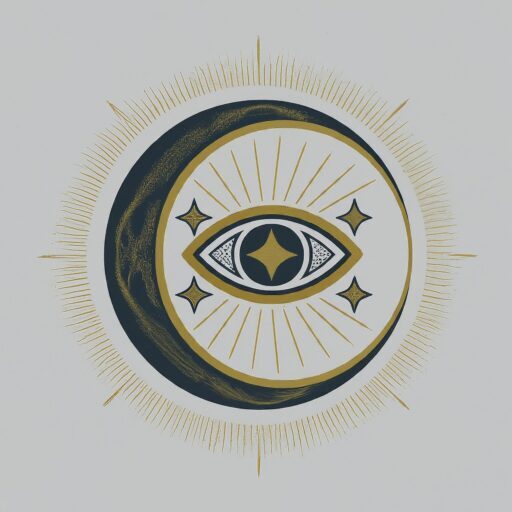Welcome back, intrepid tarot explorers! In our previous posts, we’ve embarked on a fascinating journey into the world of tarot. We’ve explored the foundations of this ancient practice, delved into the structure of the deck, and learned how to choose our first companion. We’ve also experimented with different tarot spreads, gaining insights into various aspects of our lives. Now, it’s time to delve deeper into the art of interpreting tarot cards themselves.
Unlocking the Symbols
Each tarot card is adorned with rich symbolism, from the central image to the minor details in the background. These symbols hold the key to unlocking the card’s meaning and understanding its message.
Upright vs. Reversed Meanings
Traditionally, tarot cards are interpreted in their upright and reversed positions. The upright position generally represents positive or neutral meanings, while the reversed position indicates challenges or obstacles. However, it’s important to remember that there’s no single “correct” interpretation of a reversed card. Ultimately, the meaning of a reversed card depends on the context of the reading and your intuition.
Numerology and Astrology

Many tarot cards are associated with specific numbers and astrological signs. These associations can offer additional insights into the card’s meaning. For example, the number 1 is associated with new beginnings, while the number 10 is associated with completion. The astrological sign of Leo is associated with the Sun card, while the sign of Scorpio is associated with the Death card.
Intuition and Personal Connection
Ultimately, the most important factor in interpreting tarot cards is your intuition. Pay attention to your gut feeling and any insights that come to mind as you look at the cards. Don’t be afraid to go beyond the traditional meanings and explore your own unique interpretations.
Putting it All Together
When interpreting a tarot spread, consider the following:
- The overall theme of the spread: What is the main message that the cards are trying to convey?
- The relationship between the cards: How do the cards connect to each other? What story are they telling?
- Your intuition: What does your gut feeling tell you about the meaning of the cards?
Trust Your Inner Wisdom
Remember, tarot is a tool for self-reflection and guidance. The cards are not meant to tell you what to do or predict your future. They are simply tools to help you connect with your inner wisdom and gain insights into your own life path.
Beyond the Basics
This blog series has provided a basic introduction to tarot. As you continue on your tarot journey, you can explore more advanced topics such as:
- Advanced card meanings and symbolism
- Working with specific tarot decks
- Using tarot for divination and prediction
- Combining tarot with other spiritual practices
A Lifelong Journey
Tarot is a lifelong journey of self-discovery and exploration. The more you practice, the more you will connect with the cards and unlock their deeper meanings. So, keep exploring, keep learning, and most importantly, keep trusting your intuition.
Farewell, dear readers!
This concludes our series on Tarot 101. I hope you’ve enjoyed this journey into the world of tarot and that you’ve gained some valuable insights and tools for your own tarot practice. Remember, tarot is a powerful tool for self-reflection and guidance. Use it wisely and you will be on your way to a richer, more fulfilling life.

Leave a Reply